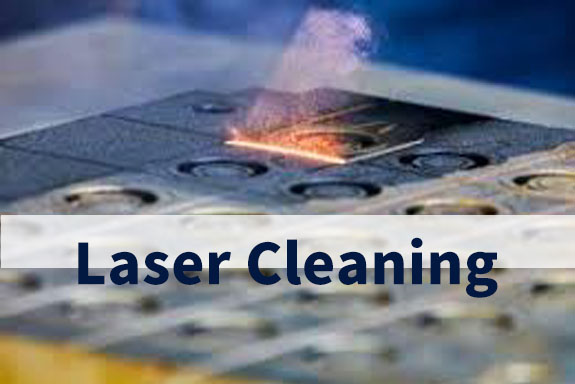Laser, originally a high-tech product that was not widely known and was expensive, was rarely seen in conventional production due to its high cost. However, now, with the development of technology and improvements in industrial manufacturing levels, lasers have become a common production tool and are now used on various production lines,we call that machine Laser marking machine.
In the beginning, lasers were only used for scientific research and the processing of various materials. Later, people discovered that laser marking had significant advantages, one of which is contactless processing. In conventional production, if a material needs to be processed, it must be done through contact, which inevitably affects the material itself during the contact process. Even with inkjet processing, ink adheres to the material’s surface and is easily removed. Laser marking, however, eliminates these issues. By focusing the beam’s energy through a lens, it generates an instant high temperature, vaporizing the material’s surface and leaving a mark. This is the most commonly used and effective processing method, especially for metalworking.

Furthermore, the marks left by laser marking remain on the material’s surface unless the entire layer is removed through methods like polishing. These marks persist over time. Compared to ink-based processing, laser processing is more environmentally friendly, as it doesn’t involve chemicals or waste materials like ink. Additionally, it offers a significant improvement in efficiency, making it a more sustainable and effective method.
With the development of laser marking technology, laser marking is no longer limited to metals. By using lasers with different wavelengths, we can now process a wide variety of materials, including plastics, ceramics, alloys, glass, films, and more. This is mainly used for marking or engraving, enabling precise and efficient processing on various substrates.
Company Introduction

Beijing JCZ Technology Co., Ltd. (Stock Code: 688291) was established in 2004 and focuses on the research and development of control software, systems, and components in the field of laser industrial processing. It is recognized by the Ministry of Industry and Information Technology as a specialized and innovative “The Rising Star Award” enterprise, a specialized and innovative “The Rising Star Award” enterprise in Beijing, a high-tech enterprise recognized by the Beijing Municipal Science and Technology Commission, and a partner unit in Fengtai District’s “Doubling Catch-up and Cooperative Development” initiative.
In the future, JCZ will continue to innovate technologically and strive to build a “Beam Delivery & Control” technology platform, providing customers with “Integrated Drive and Control” products and comprehensive solutions, delivering high-quality products and services to system integrators and users, and becoming a competitive and influential “Beam Delivery & Control Expert.”







